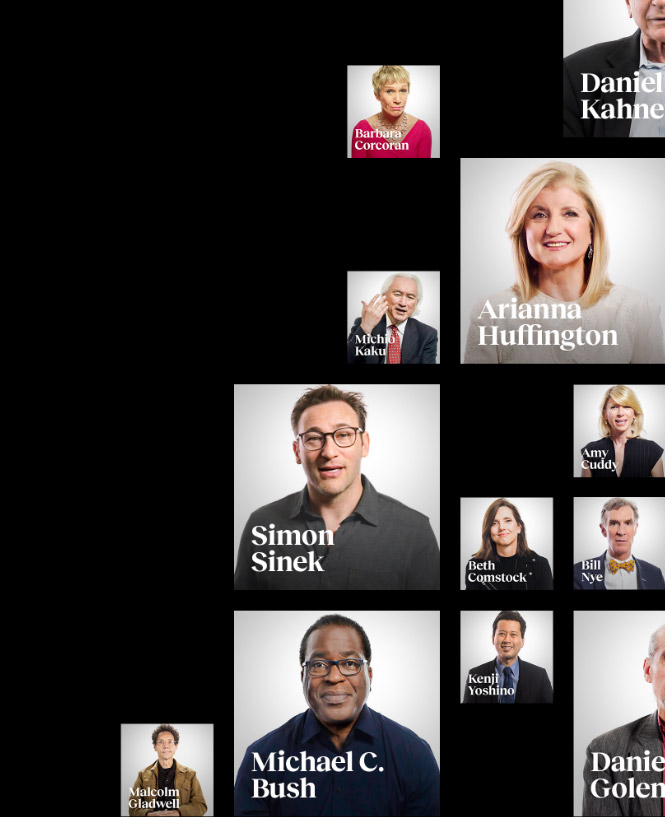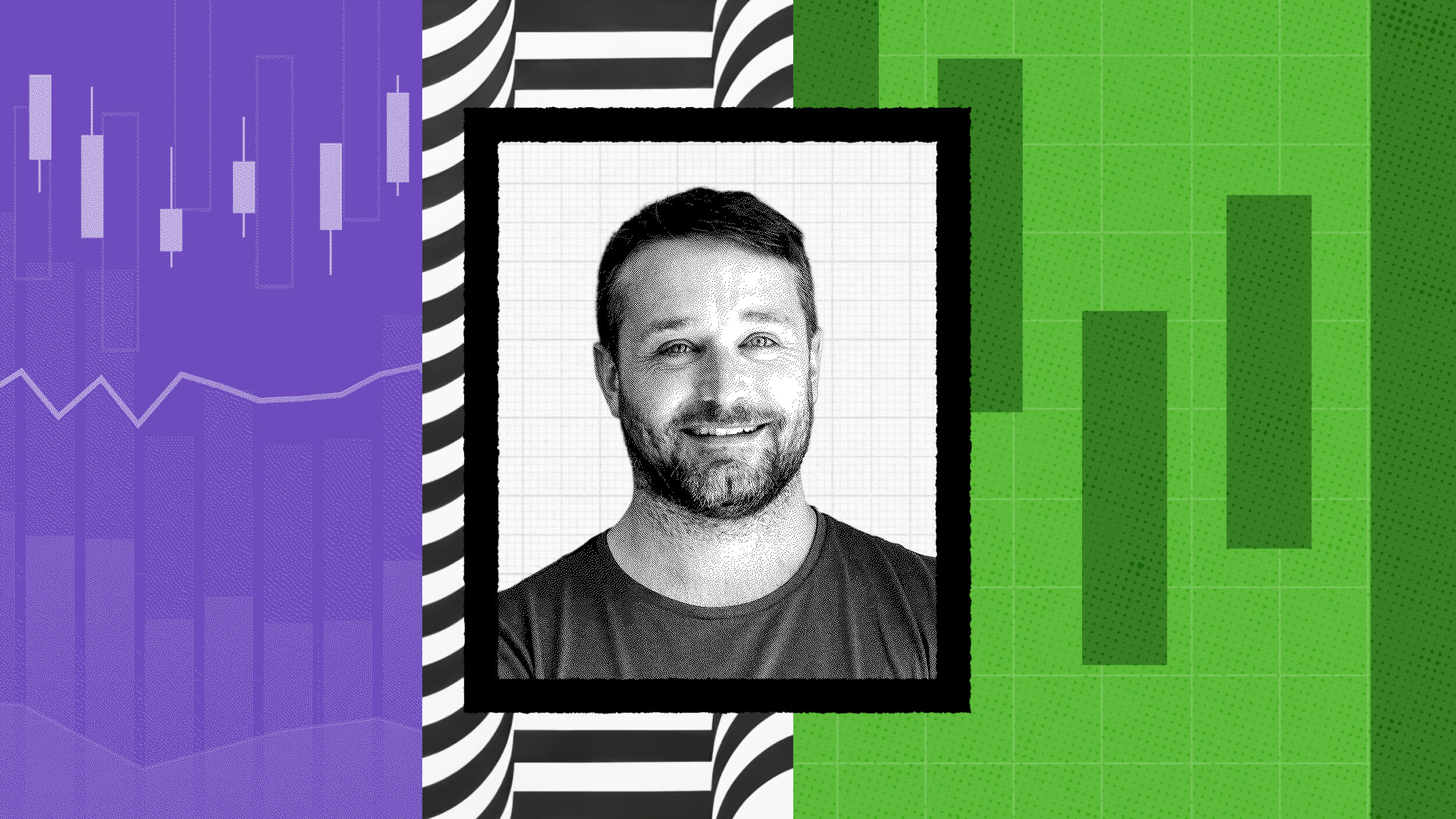The David Aaker interview: “Trust is vital and fragile”

- Nurture brand-building communication that treats the targets as partners, friends, or mentees and involves them in the process.
- If a brand is to work across all businesses, long-term commitment is essential.
- AI can markedly increase the speed of exploiting hot topics, but long-term brand support can be diminished or lost.
Widely considered the “father of modern branding” — which in itself is a triumph of personal branding — David Aaker has written 18 books on the theory and practice of marketing, and has been inducted into the American Marketing Association Hall of Fame, alongside the likes of Seth Godin and Patagonia founder Yvon Chouinard. The second edition of his bestseller Aaker on Branding is released this month.
Big Think caught up with Aaker to find out what cuts through the noise in this age of information overload, how branding will evolve as more AI is infused into the mix, and why it’s crucial to fight off short-termism.
Big Think: Given the current information overload in digital media, which branding practices cut through the noise?
Aaker: There is not only information overload and clutter but also skepticism and counter-arguing. It is harder than ever to break through — and then deal with mistrust. Telling people the benefits of your offering does not work, except perhaps for those brands blessed with a relevant disruptive innovation. Conventional media, such as television, can also be ineffective.
What does work is brand-building communication that treats the targets as partners, friends, or mentees and involves them in the process. Look for vehicles that engage and show who you are, instead of telling. One idea I suggest in my book is to use “branded energizers,” something with energy that you can attach to the brand.

What should be considered? Stories about extraordinary customer experiences (Airbnb Adventures), events where the brand is an active partner (from local picnics to the Olympics), loyalty programs that deliver status, programs that get customers to design or test new offerings (LEGO), promotions that involve compelling advertising (Aflac), being passionate about a signature social program (Lifebuoy’s Help a Child Reach 5), and podcasts that resonate with interests and values are some of the brand-building efforts that will break through and change minds.
Big Think: How can traditional corporate brands stand out in a world where branding is often personal?
Aaker: If a brand is to work across all businesses, what will stand out is the vehicle they commit to over a long period of time. It could be a sponsorship, like the World Cup, that all their targets connect with and that represents who they are. It could also be a signature social program, such as Barclays Digital Eagles, or a signature nonprofit, such as Habitat for Humanity (adopted by Thrivent nearly two decades ago).
Big Think: Which brands are currently pitch-perfect with their branding?
Aaker: I like brands that can bring together multiple dimensions under an umbrella that resonates. BMW’s classic tagline, “The Ultimate Driving Machine,” is an example. I also like brands that have introduced a sense of humor or empathy, making them real and pre-empting counterarguments. Hellmann’s “Make Taste Not Waste” campaign entertained while being so on-brand.
Big Think: Which brands are failing to adapt to the new branding landscape?
Aaker: Twitter, one of the great brands, was dumped in favor of X.
Big Think: What are some of the most impactful ways AI is affecting the art and practice of branding?
Aaker: AI has changed branding in that finding and interpreting consumers’ instincts can now be done in days or hours instead of weeks or months. AI can generate verbal and visual options to tell the brand story. These options can shorten the time to create outstanding work from months to days or even hours.
One downside, most evident in political advertising, is that when something happens that day, an ad can be up immediately to leverage or respond to the incident. The problem is that the focus is on exploiting hot topics, and the long-term brand or message support can get diminished or lost. In the political arena, the result is a host of ad hoc, provocative, but forgettable ads.

A coherent story anchored by taglines and symbols is needed and often missing. Creating a powerful tagline that resonates and differentiates over time as offerings and marketing change is difficult. But even if the tagline lasts only a short time, it can help people to process, interpret, and remember information. Without the tag to guide them, they will flounder. A visual symbol also performs those same tasks as a tagline. Think of the “good hands” of Allstate, the Nike swoosh, or the Patagonia mountain. They say so much by themselves.
Big Think: How will branding evolve over the next five years as more AI is introduced?
Aaker: I think there are four brand challenges/opportunities over the next five years.
First, become a player in disruptive innovation to ensure that it results in wins. It is the only way to grow, and when the opportunity is there, it is critical to make it work. The challenge is becoming an exemplar that creates ownership in the innovation and then builds brand barriers through a loyal customer base.
Second, find or create signature social programs that will add energy, lift your image, and drive engagement in your business. Grants, volunteer programs, and sustainability initiatives create ad hoc programs that smell of sameness and will not give a business the needed lift. They will also not significantly impact social challenges. A signature social program such as Dove’s Real Beauty program will do both.
Break through — perhaps with humor, emotion, or involvement — and let the experience suggest the message instead of telling it.
Third, marketers will need to depend more on brand-building vehicles that work for their brand and break through audience boredom, disinterest, and skepticism. Programs such as event sponsorships, a signature social program, or a brand community in which the brand is a committed partner over a long time period are examples.
Fourth, fight off short-termism, the “we need to see results now” attitude supported by big data and analytics. There needs to be a system in which short-term programs are not permitted if they damage the brand. Long-term brand building should be so great that it also delivers short-term results. Think of Dove’s Real Beauty program, for example.
Big Think: Are there any valuable lessons from branding that you can apply universally to corporate team culture?
Aaker: I think that culture — and branding’s role in defining and energizing it — is essential. Peter Drucker once said, “Culture eats strategy for lunch.” I also think that modeling executives who manage from fear is a mistake. Employees, especially younger ones, increasingly want to be inspired by a higher purpose that makes them proud, not frightened and insecure. Extensive research affirms that belief.
Big Think: Which branding principles stand out for you?
Aaker: Credibility, truth, and transparency are essential hallmarks because trust is vital and fragile and must always be nurtured. Break through — perhaps with humor, emotion, or involvement — and let the experience suggest the message instead of telling it.





